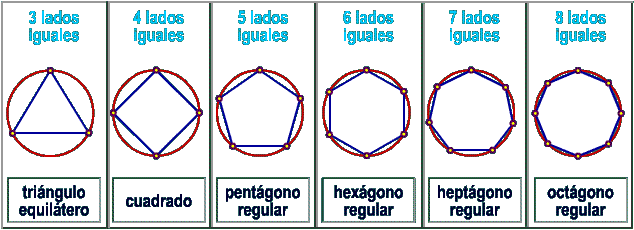Understanding Color Theory, Photography, and Camera Basics
Classified in Visual arts
Written on in  English with a size of 4.19 KB
English with a size of 4.19 KB
Audio Visual Q1: Color Theory
Color Description
- Chroma: How pure a hue is in relation to gray.
- Saturation: The degree of purity of a hue.
- Intensity: The lightness or dullness of a hue (adding black or white).
- Value: A measure of the amount of light reflected from a hue.
- Shade: Produced by the addition of black.
- Tint: Produced by the addition of white.
Color Systems
- Subtractive Color: Used when mixing colors with paint. Begins with white and ends with black (CMYK).
- Additive Color: Used on computers. Begins with black and ends with white (RGB).
The Color Wheel
- Primary Colors: The basic essence; these colors cannot be created by mixing others.
- Secondary Colors: Colors achieved by mixing two primary colors.
- Tertiary Colors: Achieved by mixing primary and secondary

